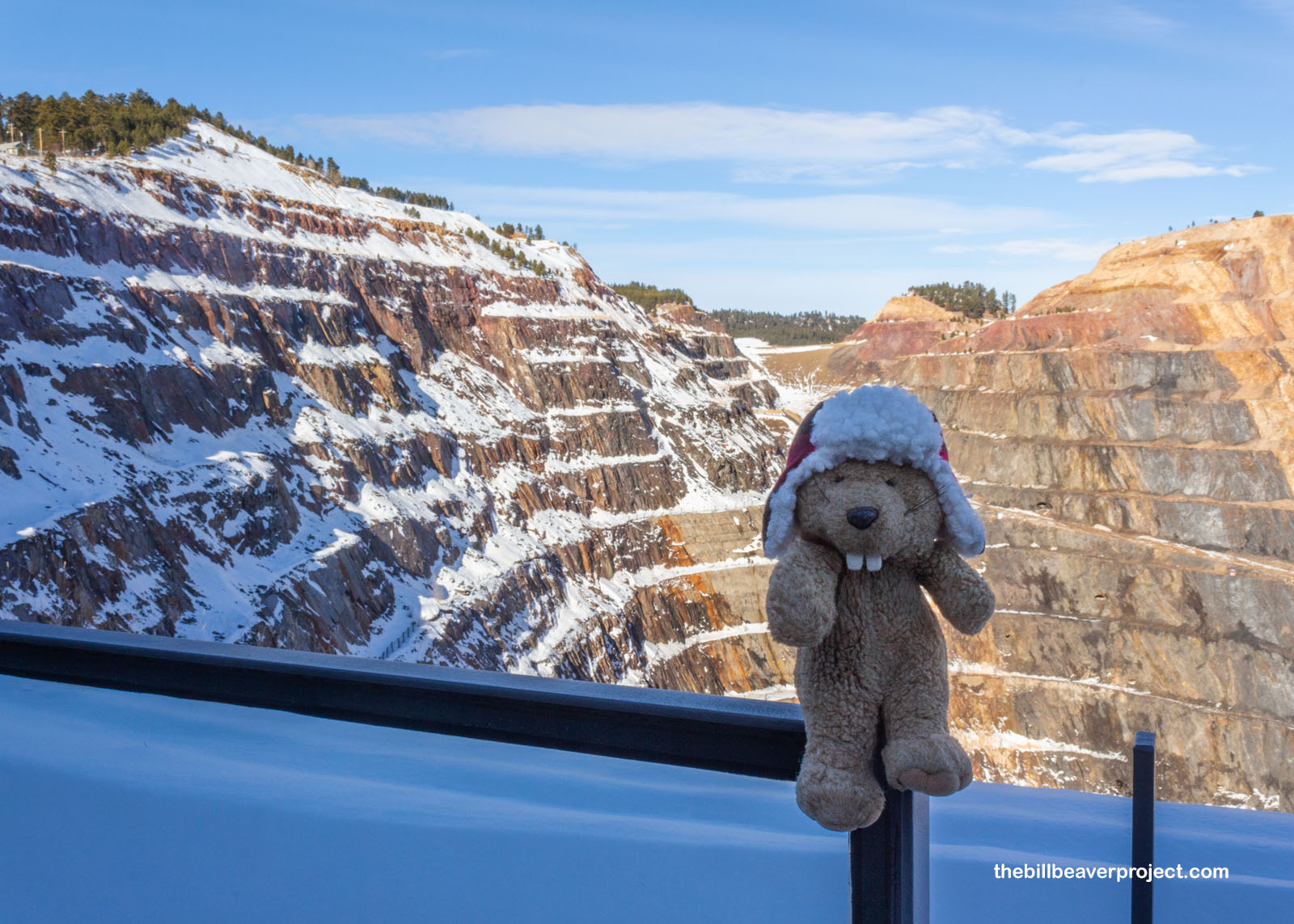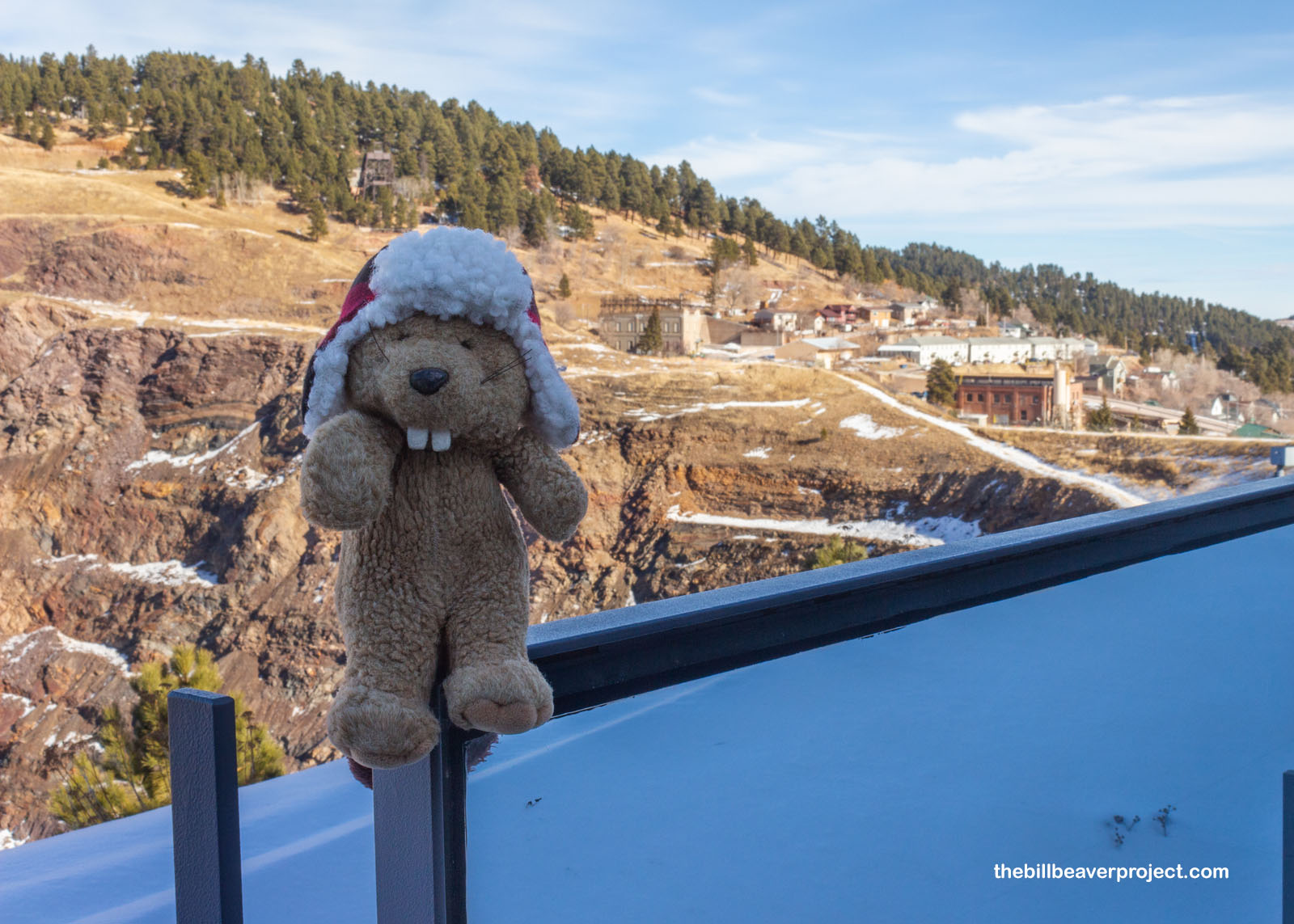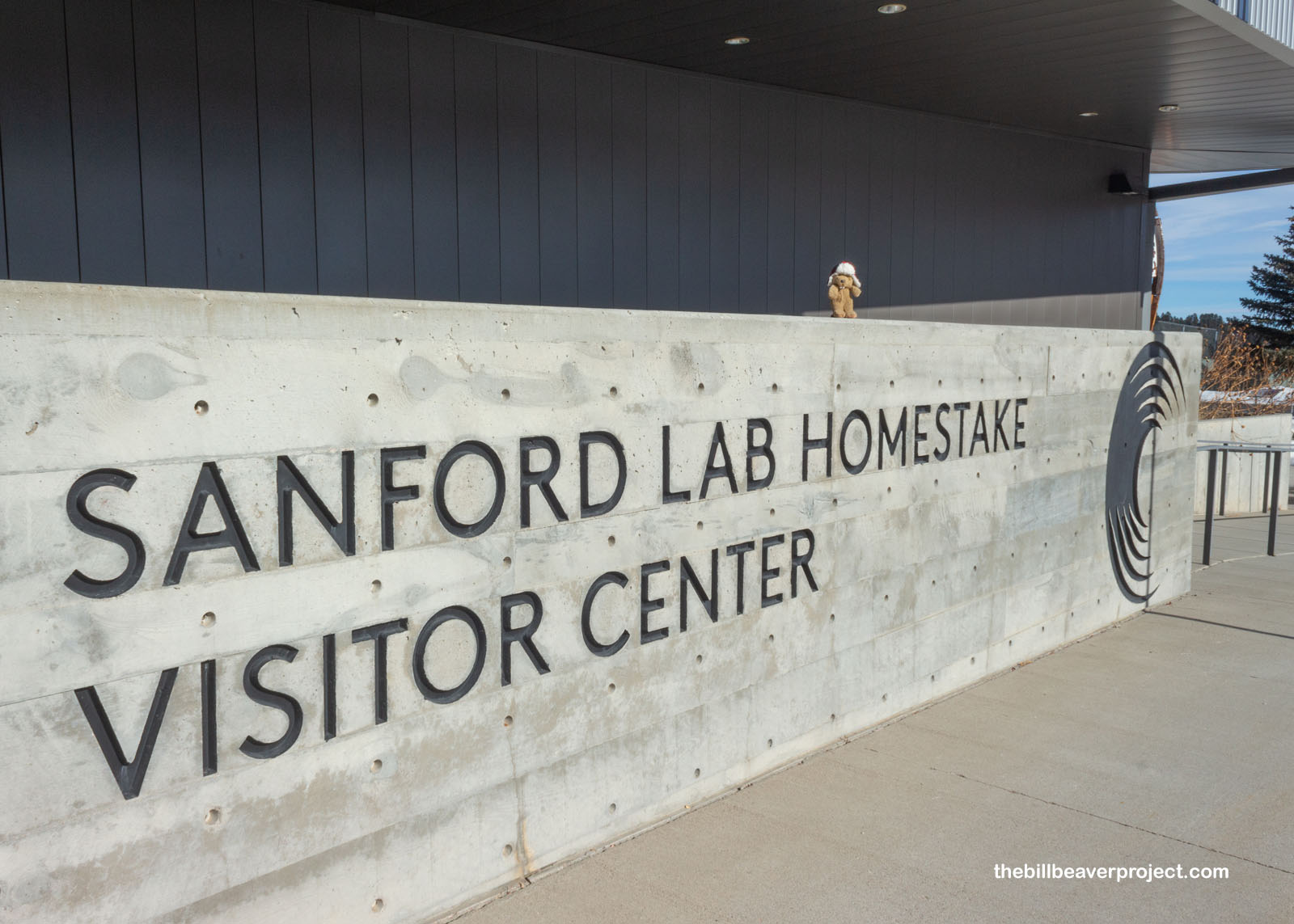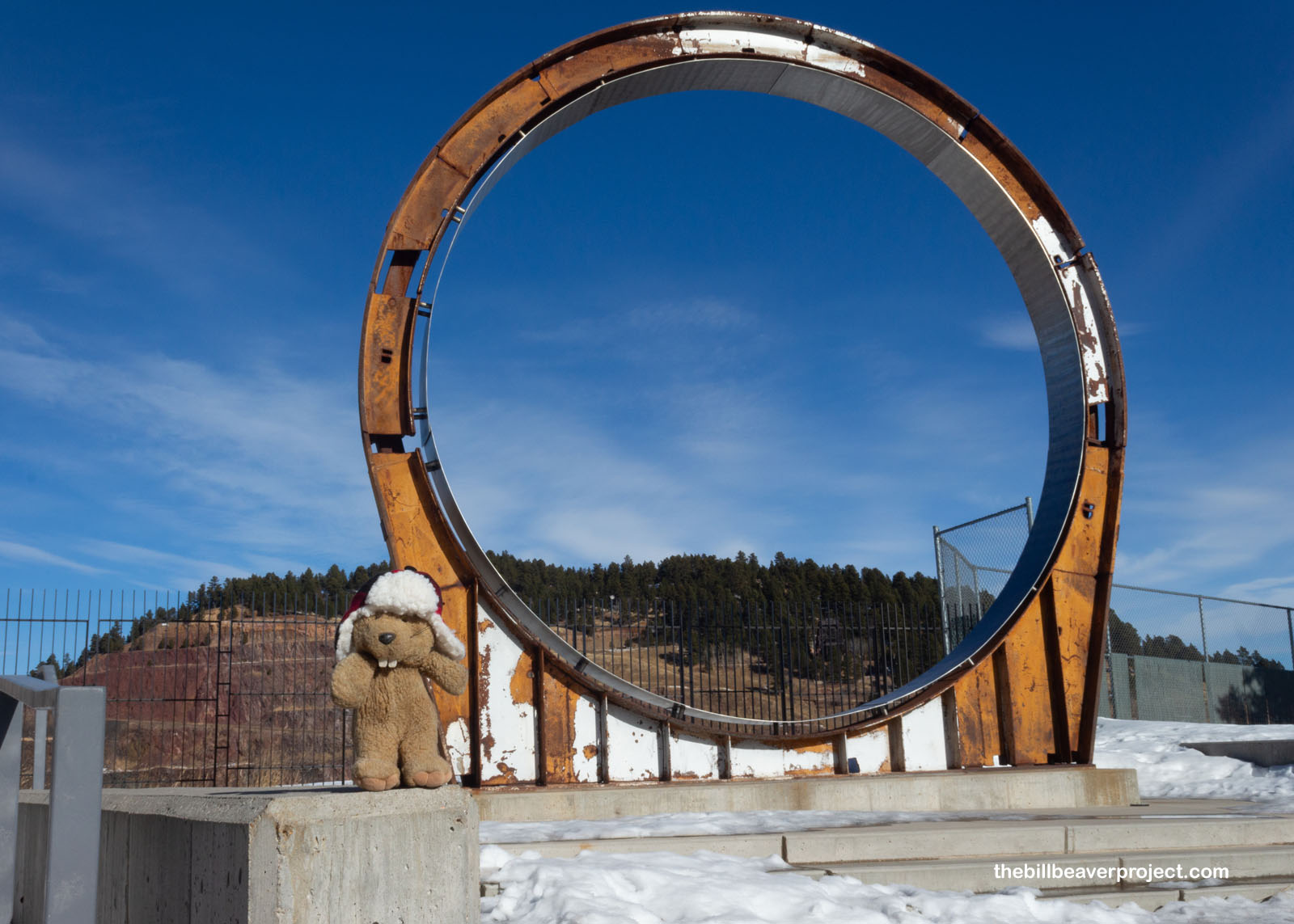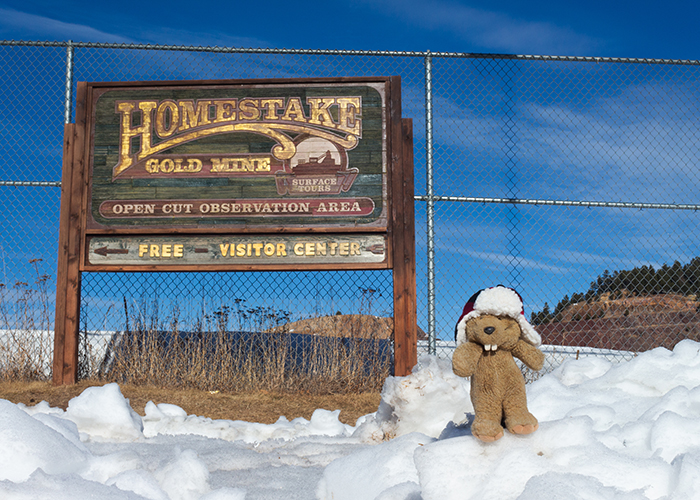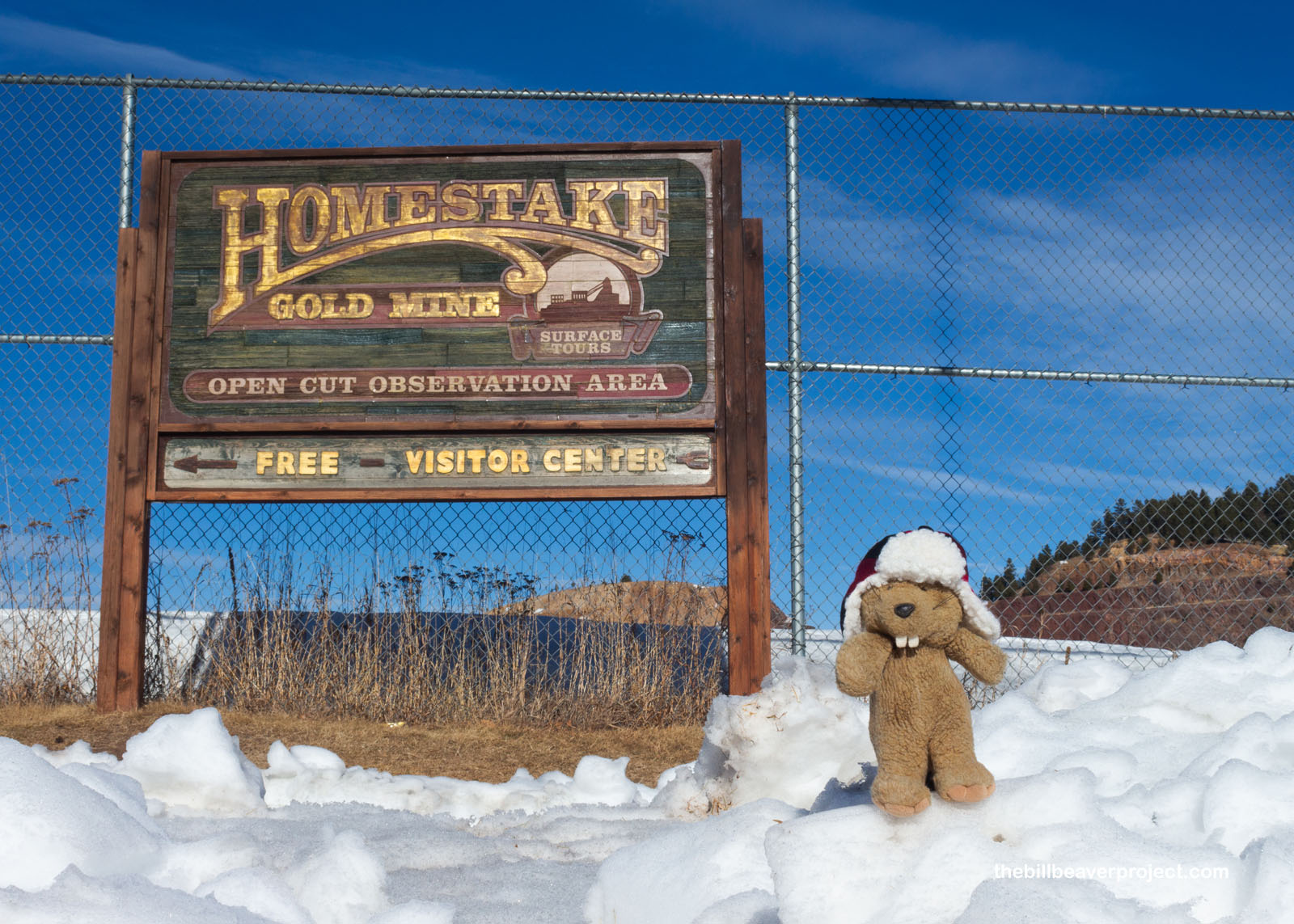
What Is the Homestake Mine?
The heart of the Black Hills gold rush, this mine produced 10% of the world’s gold over 126 years!
What Makes It Historical?
In 1876, a group of four miners—Hank Harney, Alexander Engh, and Fred & Moses Manuel—encountered a vein of quartz gold at Bobtail Gulch and staked their claim. They worked the surface for a year before selling to one George Hearst, who’d already made a fortune investing in Nevada’s Comstock Silver Mine, now on the decline. Mr. Hearst brought special techniques to South Dakota, like the square-set timber method, which used a lattice work of tree trunks to stabilize the mine shafts as miners dug upward! This worked well, to a point, as 400 miners still died in the mine and portions of the town of Lead, built on top of the tunnels, began caving in during the 1920s as supports gave out! Nevertheless, by the time production stopped here, the Homestake Mine had become one of the world’s safest!
From 1876 to 2002, miners dug out 41 million ounces of gold and 9 million ounces of silver from this mine, earning it the nickname of the “Richest 100 Square Miles” on Earth! And speaking of miles, by the time the mine closed, it had left behind 370 miles of tunnels, some as deep as 8,000 feet below the ground! This might seem like a waste of space, but it was actually perfect for studying space! In 1965, Dr. Ray Davis was trying to study subatomic particles called neutrinos, but they were really hard to locate aboveground. The Homestake’s tunnels, with more than a mile of rock on top of them, were just the solution! Building a machine at 4,850 feet below the surface, his team was able to cancel out the cosmic noise and successfully study neutrinos, earning the Nobel Prize in Physics in 2002! Today, folks still study neutrinos here, as well as extremophile life and dark matter, under the umbrella of the Sanford Underground Research Facility!
How Can I #HelpTheHelpers?
- Volunteer with Lead Historic Preservation!
- Donate to the SURF Foundation!
- Be a responsible visitor! Please respect the signs and pathways, and treat all structures and artifacts with respect. They’ve endured a lot to survive into the present. They’ll need our help to make it into the future!
How Do I Get There?
160 W Main St
Lead, SD 57754
(Take Me There!)
When Should I Visit?
In winter, the visitor center is open Monday through Saturday from 9:00 AM until 4:00 PM, and in summer, it’s open daily from 9:00 AM until 5:00 PM!
More Photos
